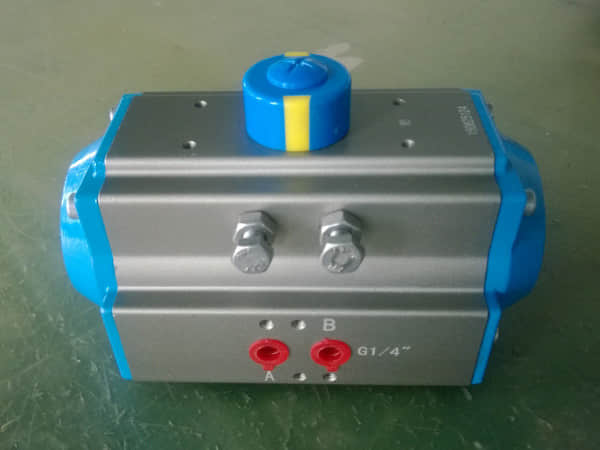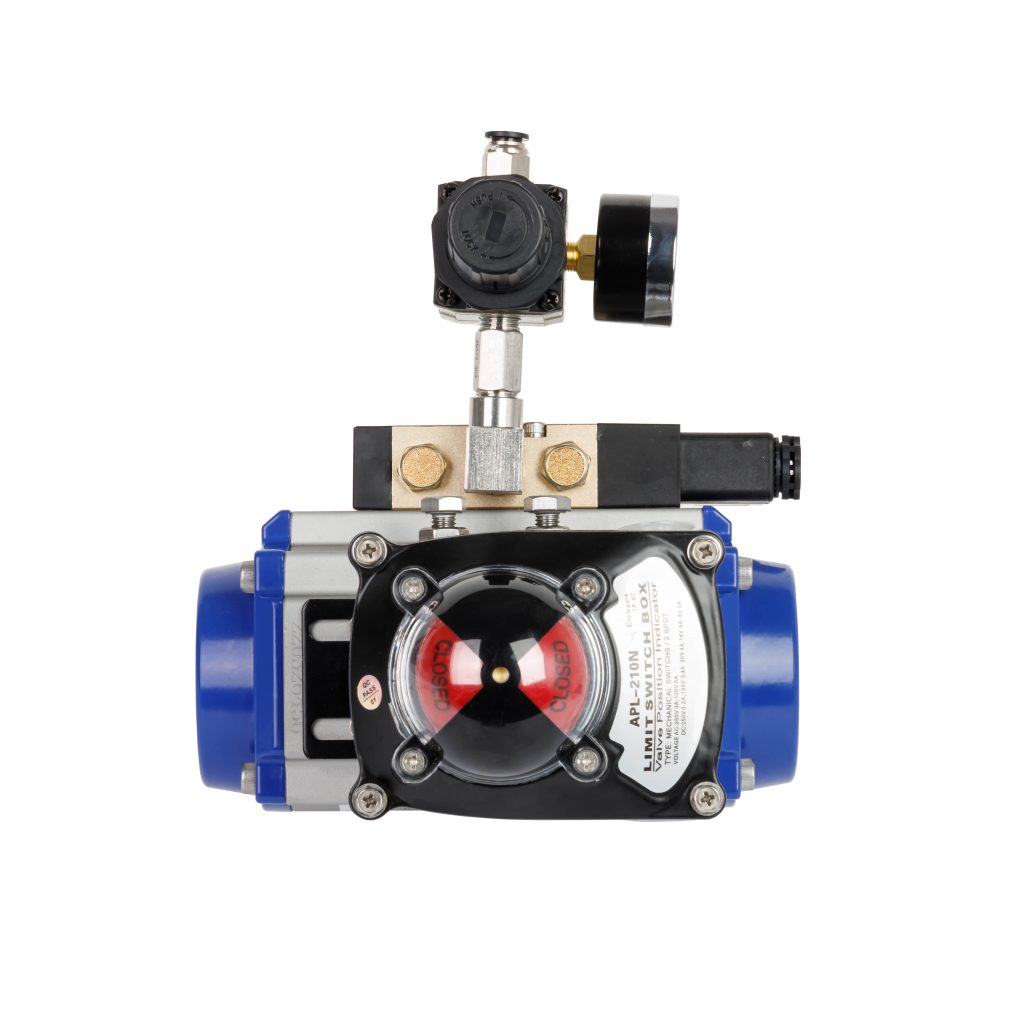In the realm of industrial automation, the pneumatic actuator stands as a powerful tool, playing a pivotal role in converting pressurized gas into mechanical motion. This versatile device has revolutionized various industries, including manufacturing, automotive, and even healthcare, by providing precise and reliable control over various processes.

The pneumatic actuator, often referred to as a pneumatic cylinder, operates on the principle of compressed air or gas. It consists of a cylinder, piston, and seals that work together to convert the pressure from the compressed gas into linear or rotational motion. This motion, in turn, can be used to operate valves, switches, or any other mechanical device that requires precise and controlled movement.

One of the key advantages of the pneumatic actuator is its simplicity and reliability. Unlike electrical motors or hydraulic systems, pneumatic actuators require minimal maintenance and are less prone to breakdowns. The use of compressed air as the power source also eliminates the need for complex wiring and electrical components, further enhancing its reliability and ease of use. Moreover, pneumatic actuators are highly responsive and can achieve fast actuation speeds. This makes them ideal for applications that require quick and precise movements, such as packaging lines or robotic arms. Additionally, the ability to easily adjust the pressure and flow rate of the compressed air allows for fine-tuning of the actuator’s performance, ensuring accurate and repeatable results.
